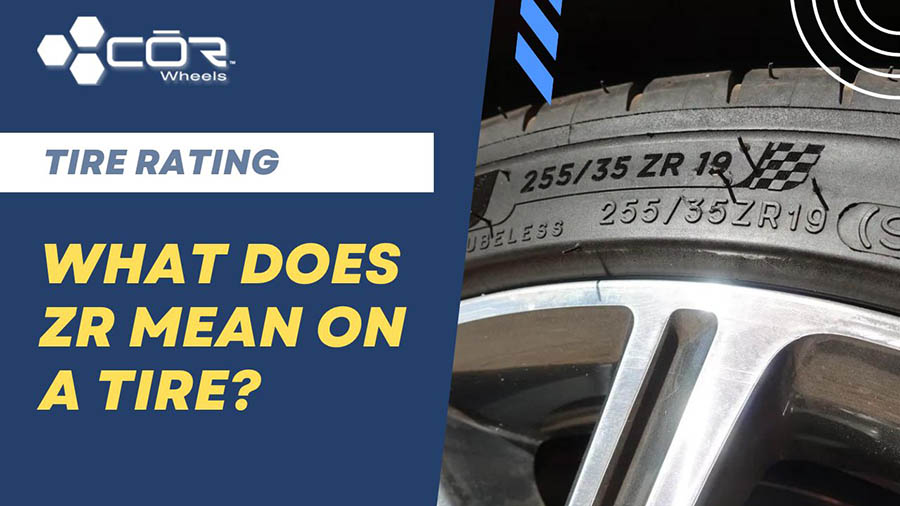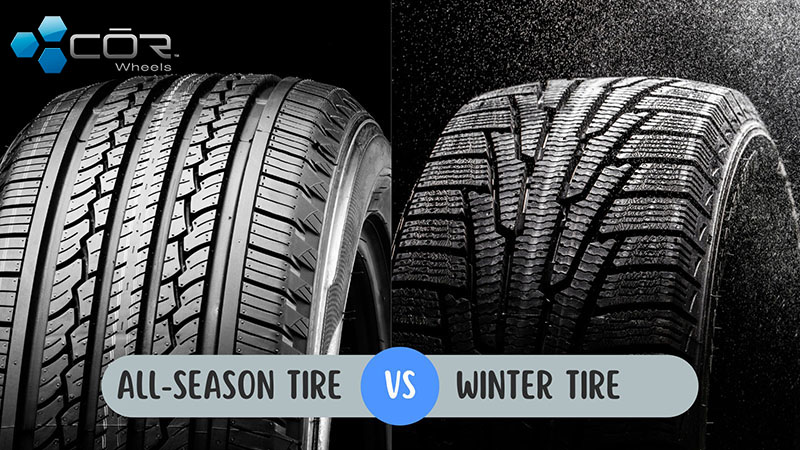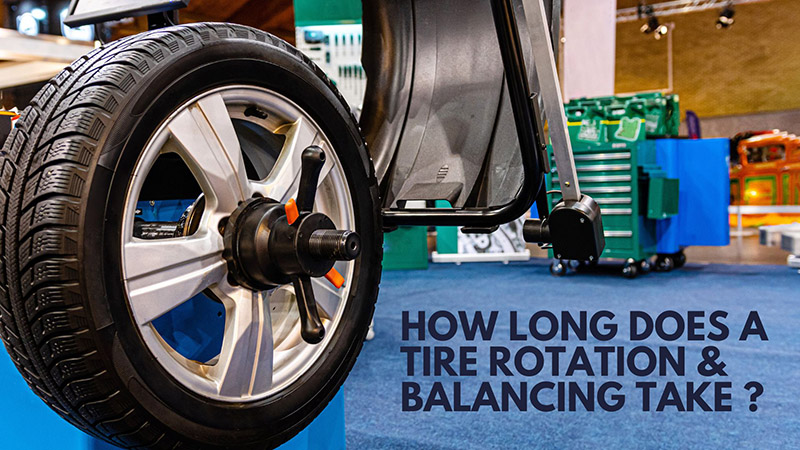Every car arrives with a set of four pre-installed tires. But it’s difficult to know when they will break down in the middle of the road or suffer from over-/under-inflated issues! Hence, storing extra tires for quick replacements is a smart move recommended to drivers of all levels and skills.
Yet, choosing the best spare/donut tires is a challenge for first-timers. This article will address all those questions for you. Stay tuned.
In this article:
Are All Spare Tires Universal?
No. After all, there are numerous car models, which means you can not use the spare tires interchangeably between them.
For one, the rims must share the same diameter dimensions as your car’s wheels to ensure a perfect fit. Also, the wheel width, center bore, offset, and bolt pattern must correspond.
The marketplace has introduced four different types of spare tires thus far, along with several promising alternatives if you cannot afford one. Check out what they are:
1. Full-Sized Matching
As its title suggests, full-sized matching tires will fit the car’s existing tires so snugly that even in serious blowouts, all you need is to replace the tires and go on with your trip – as if nothing happened in the first place!
However, there’s one big downside to these tires: storage issues are always at play, and sometimes they might even invade half of your cargo space. Furthermore, since their rotation must correspond with the remaining three wheels, you will have to replace ALL four tires in one go, not just one or two.
When and How Long to Use: Driving at 50 to 70 MPH for about 50 miles (maximum). After that, you need to replace them.
2. Full-Sized Non-Matching
How about non-matching sizes? Contrary to the above option, they are mounted on different rim sets, which can still be helpful if there’s not much difference between the tire and rim dimensions. They can also tolerate slight variations between the wheel width and wheel offset.
Nevertheless, we only recommend installing these tires temporarily to get the car to the nearest auto shop. Do not use them for long terms, especially if the center bores, bolt patterns, and wheel diameters differ.
Another issue is that their required space is as large as matching tires – yet performing much less impressive than the latter.
We would rather buy matching tires in the first place!
When and How Long to Use: Driving at about 50 MPH for 40-45 miles before replacement.
3. Temporary “Donut.”
Temporary “Donut,” “Space-saver,” or “Compact” tires are tiny tires tailored for shorter distances below 50 MPH.
What size donut tire do I need? Thankfully, one of their competitive edges is that they are all manufacturer-approved, meaning you don’t have to spare much thought on whether they fit the car.
Are all donut tires the same size, then? No. Never use them interchangeably between dissimilar car models – unless you want accidents to come your way.
But beware of the downsides! They take as much space as the previous two while still being regarded as temporary.
When and How Long to Use: The difference between donut vs. regular spare tires is that the former is much smaller and has much shorter lifespans, only used in extremely temporary emergencies (ex: from the road to the nearest auto shop) at below 50 MPH and no more than 50 miles. They are not recommended for long road trips.
4. Folding Spare
Again, the self-explanatory name speaks for their natures. These tires are collapsible/inflatable and require inflation before actual usage.
Out of the entire list, they are the only option that guarantees no storage problems. However, there’s a price to pay: using them is quite difficult!
Adjustable tires like these demand inflation with high-quality air canisters or air pumps. Worse, even when their main dimensions match your cars, you cannot be 100% certain they are a good match; each tire carries individual weight ratings tailored for very limited car models.
When and How Long to Use: Driving at about 40 MPH for 30-35 miles before replacements.
5. Alternatives
Only use them when spare factory tires are not affordable/accessible for you.
- Run-flat tires: Their reinforced walls keep the car going despite punctured wheels. However, note that they have much shorter treads than spare tires. The maximum allowable distance is 50 miles at no more than 50 MPH.
- Self-sealing: Like run-flat ones, these tires sustain the car’s performance and withstand punctures. The sealant within keeps air pressure for a while, even after your vehicle has driven over bumps and nails. You can freely drive to the nearest tire repair shop with these tires on.
- Tire-repairing kits: It’s a great option for storage-saving purposes, including sealants and air compressors that you can use to give the tire temporary fixes.
Tips to Choose The Right Spare Tire

Consider your purpose and budget.
Do you want something more long-term, or are these tires only necessary for quick runs from your spot to a close auto shop?
If the latter is your case, temporary donuts are your best bet. Otherwise, opt for full-sized matching ones (if there is enough budget) or non-matching (for tight-budget drivers).
Assess the car’s storage.
Full-sized and temporary donut tires occupy the same amount of space; meanwhile, folding tires and tire repair kits take up much less room in your car. The latter two are highly recommended if storage saving is among your priorities.
Double-check your maintenance schedule.
Can you afford at least one day per month to go to a maintenance service, or are you so busy there’s no way to free up space in your schedule for that task?
For those who can visit auto shops frequently, buying temporary donuts or foldable tires is alright – you will have them replaced before the end of the month, anyways! On the other hand, longer-term solutions are better if you cannot drop by these places for at least two months.
Tips to Maintain Your Spare Wheel
- Check its pressure. Before driving, ensure it’s well-inflated.
- Rotate often. Rotate the tires every 6000 to 8000 miles. Experts recommend spinning the spare tires into right-rear positions.
- Check its tread. Tire treads play a huge part in car control on the roads and in wet weather. Assess the tread’s depth by looking at the tire indicator.
- Check its recalls. Sometimes, manufacturers recall certain spare tires due to unexpected issues (ex: manufacturing errors). Visit the NHTSA (National Highways Traffic Safety Administrations) website to see if yours are recalled.
FAQs
1. Can You Put Air in A Donut Tire?
Yes. The required level is 60 PSI (pound per square inch)
2. Can You Drive Fast on Spare Size Tires?
No. Their tread qualities are below average – especially compared to regular tires. As a result, driving too fast will make the car slip off control, causing damage to its axles and other important compartments. Crashes and accidents are on the horizon!
Conclusion
Donuts or spare tires are not universal, and you must pick the right one. This article has detailed all kinds of tires for temporary replacements, as well as their possible alternatives.
While full-size tires are the most recommended, remember that even they cannot last longer than 50 miles. Have them replaced before that to avoid accidents and troubles!








